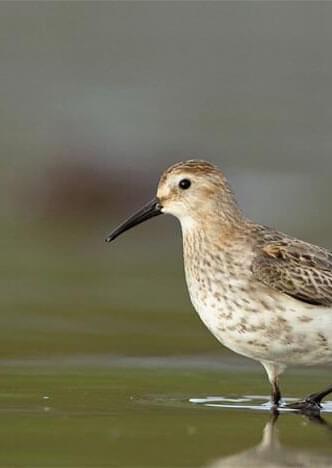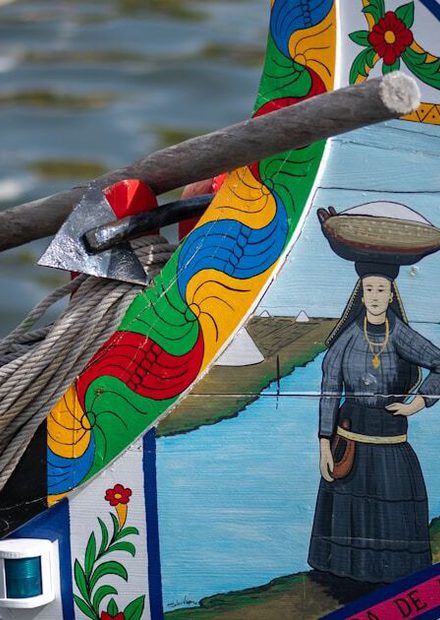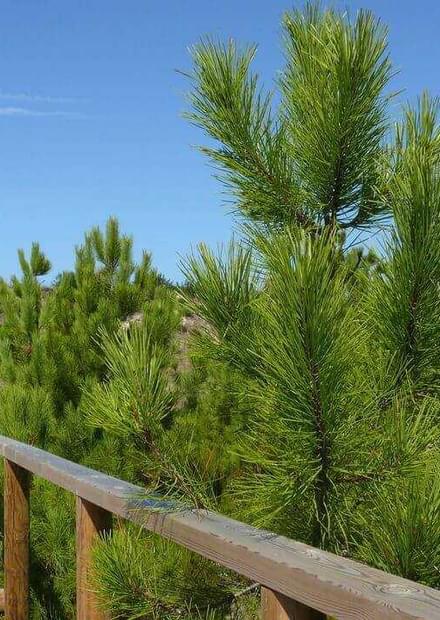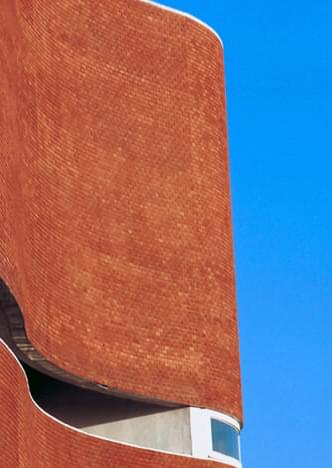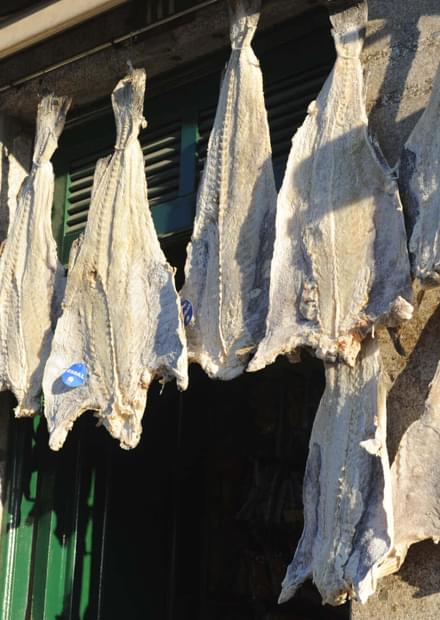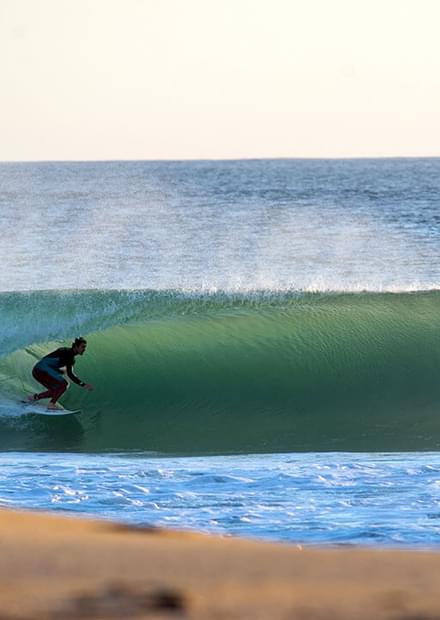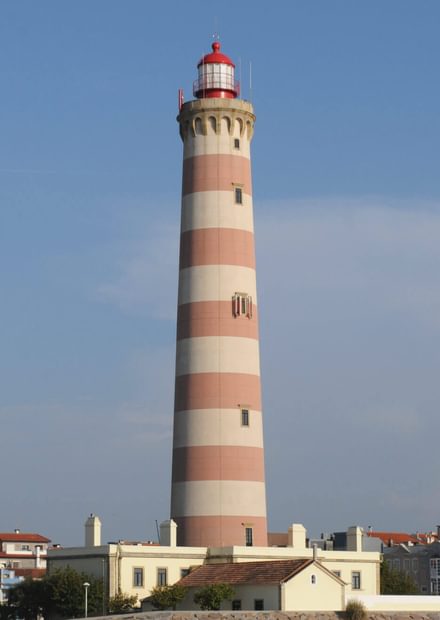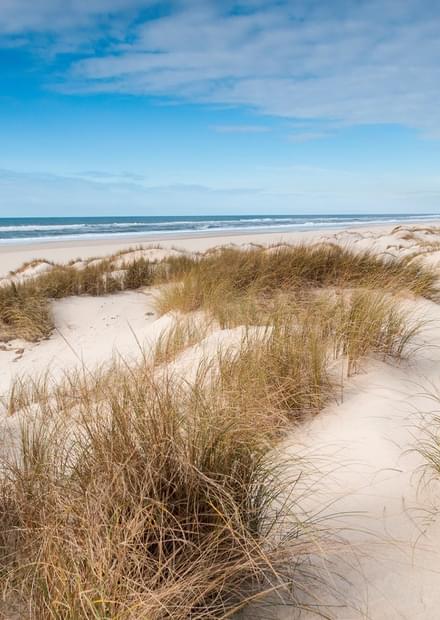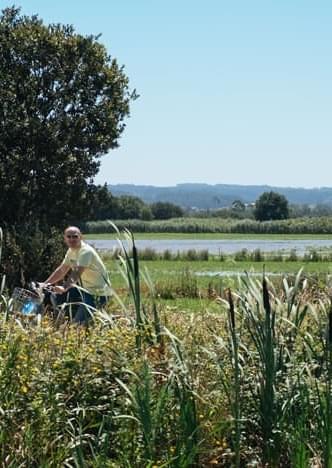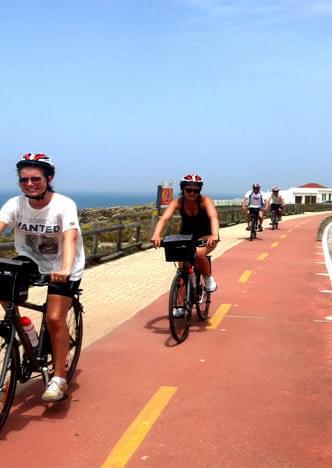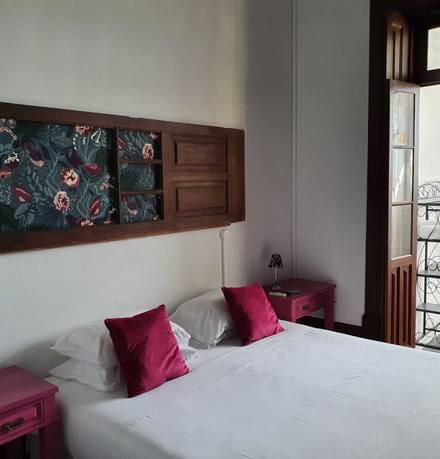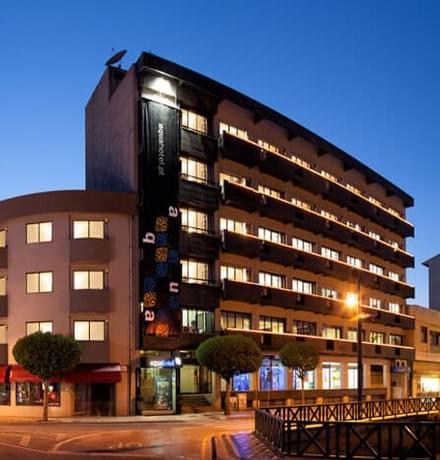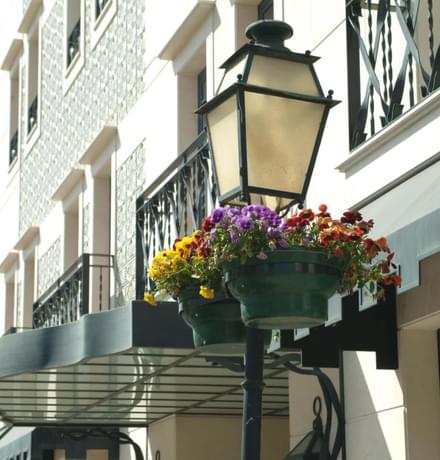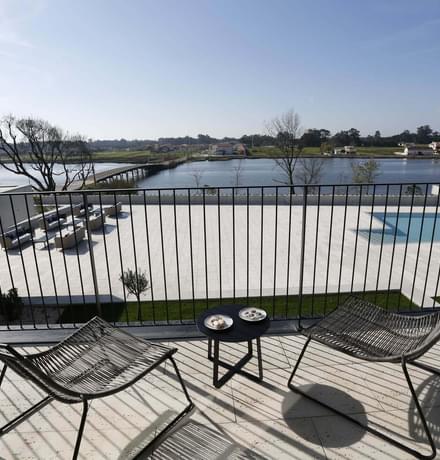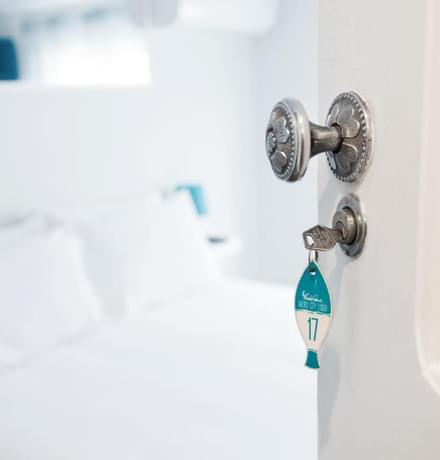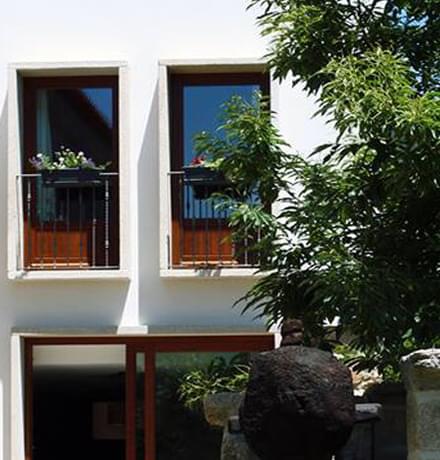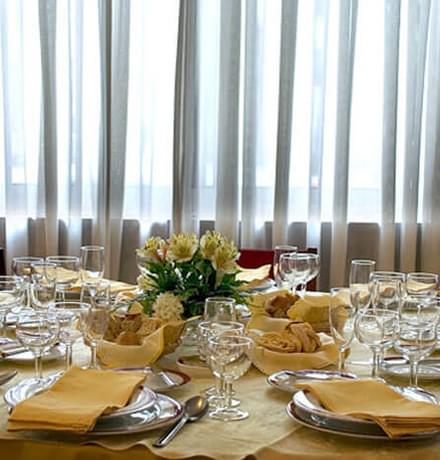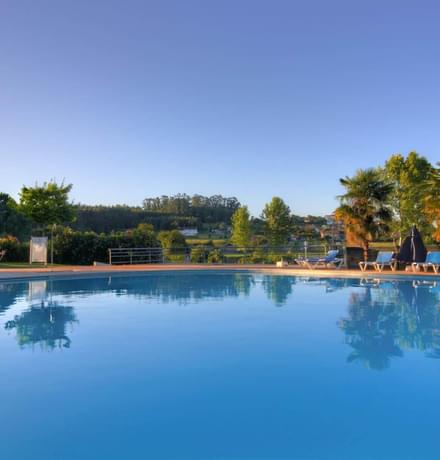Aveiro

Things to do in Aveiro
The eternal "Portuguese Venice", the light-bathed city of Aveiro was recently elected by The Guardian readers as "the most romantic city in Europe". Embraced by the Aveiro Lagoon - Ria de Aveiro - Aveiro can be discovered by boat, on foot or by bike, riding one of the several free bikes of the city, the BUGA. Aveiro bursts with colour and joie de vivre!
Saramago brilliantly described Ria de Aveiro as "a living body that connects the land to the sea like a huge heart." In fact, Aveiro Lagoon is the central element of the city's identity. It defines the pace of the city, filling it with all the colours of the typical "moliceiros", boats that were used in the past to transport sea weed to fertilise the agricultural lands. Nowadays, these boats are a true tourism icon of Aveiro, transporting the city visitors on unforgettable trips.
Just like Paris or Amsterdam, visiting Aveiro can be healthy, sustainable and affordable, in addition to being fun. All you need is a BUGA, a free use bike of Aveiro, made available by the city hall. This way you can enjoy the area’s flat topography, recreating an ancient tradition of the inhabitants of the city, who used to go to the factories or to the fields by bike!
Distinguished as the city-museum of art nouveau in Portugal, Aveiro is a member of the Réseau Art Noveau Network, along with Barcelona, Brussels, Budapest, Glasgow, Helsinki or Havana. Discover the charm of this delicate and seductive art period of the 20th century by taking a walking tour with a guide through the Art Nouveau route. A true open-air museum !
The prestigious University of Aveiro has given a great dynamic to the city, attracting many foreign students and researchers. The University campus is a true city within the city, design by Portugal's most distinguised architects, such as: Pritzker award-winning Siza Vieira and Souto Moura, along with Gonçalo Byrne, Carrilho da Graça or Alcino Soutinho.
When in Aveiro, it is mandatory to taste the one-and-only "ovos-moles", a sweet that was created by the nuns of the ancient convents of Aveiro. In addition to its deliciously sweet taste, it is the shape of ovos-moles that makes them a truly peculiar pastry. Confectioners were inspired by their closeness to the lagoon and sea elements to transform, with their magic fingers, thin layers of host into shells, whelks, fish or clams and fill them with this golden voluptuous dough. Visitors can buy them on the city's patisseries. It is a sin not to taste them !
Things to do near Aveiro
You can also save some time to visit the Vista Alegre Factory where the most international Portuguese porcelain is made, and the Aveiro University Campus, a true museum to outdoor contemporary Portuguese architecture where you will find buildings designed by Siza Vieira, Souto Moura, Alcino Soutinho, Carrilho da Graça and Gonçalo Byrne.
Then, you can go down to Costa Nova and be charmed by this colourful piece of Portuguese coast. This beach is different because of the wooden houses painted with strips of white and bright colours which used to be haystacks and shelters for fishermen. Right next to it, at Barra beach, you will find the dominant and imposing Barra Light, the highest lighthouse in Portugal.
Aveiro has always been linked to sea trade, fishing and salt production. Ever since the middle ages, its population grew, always protected and favored by monarchs. The moment when Infanta Joana, the saint Princess, daughter of King Alfonso V, entered the Jesus Monastery became an important milestone in its History. Over the next centuries, the town grew when the Discoveries opened Portugal to the sea and brought merchants and navigators from many European ports to the shores of the Lagoon. But it was also the Lagoon which brought on one of the biggest crisis in the area when its communication channel to the sea was closed during the 17th century. During the reign of the magnanimous John V, the town became a city and then it was named seat of the diocese.
How to get to Aveiro
Articles about Aveiro

Eating in Aveiro

Shopping in Aveiro

Aveiro, Tech City



